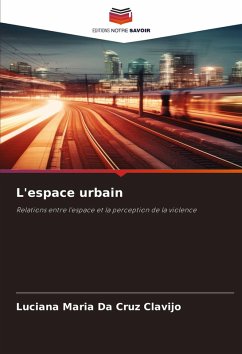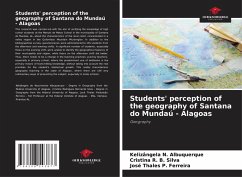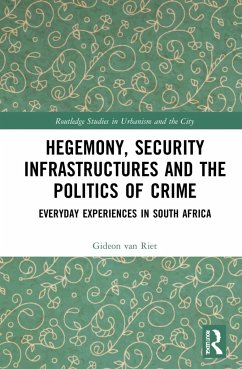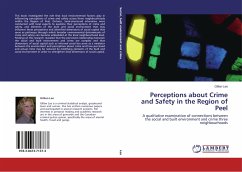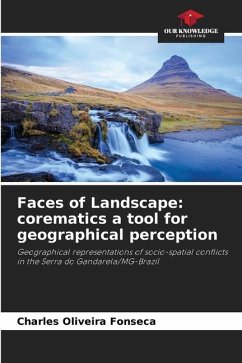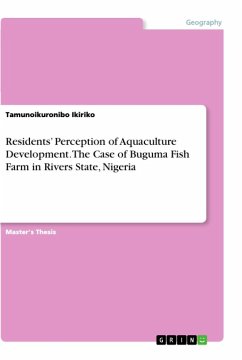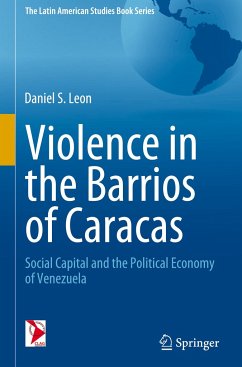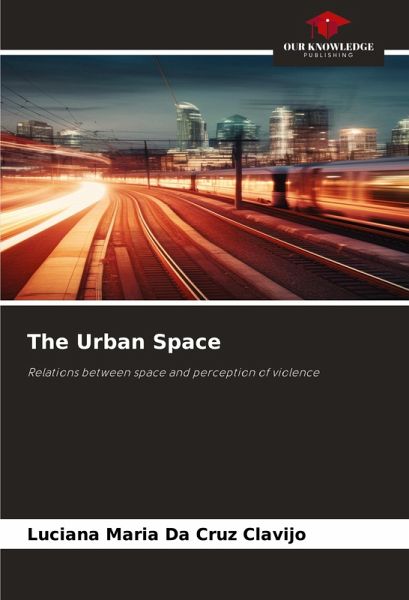
The Urban Space
Relations between space and perception of violence
Versandkostenfrei!
Versandfertig in 6-10 Tagen
29,99 €
inkl. MwSt.

PAYBACK Punkte
15 °P sammeln!
Breaking with the traditional approach to criminal studies, which was limited to the individual and legal aspects, the spatial dimension of the phenomenon of violence and crime has revealed the role of space in understanding and preventing the problem. Although it is not determinant, this dimension is crucial and its analysis must go beyond the simple spatial distribution of criminal occurrences. This study discusses the relationship between crime, violence and geographical space. To this end, the perception of geographic space was used as a relevant source for understanding the problem, as it...
Breaking with the traditional approach to criminal studies, which was limited to the individual and legal aspects, the spatial dimension of the phenomenon of violence and crime has revealed the role of space in understanding and preventing the problem. Although it is not determinant, this dimension is crucial and its analysis must go beyond the simple spatial distribution of criminal occurrences. This study discusses the relationship between crime, violence and geographical space. To this end, the perception of geographic space was used as a relevant source for understanding the problem, as it takes into account the participation of people who deal with the problem on a daily basis. Based on the assumptions of currents in criminological studies that emphasize the role of space in crime studies, such as Environmental Criminology, it is believed that spatial characteristics not only intervene in the criminal act, but also in people's sense of security.





